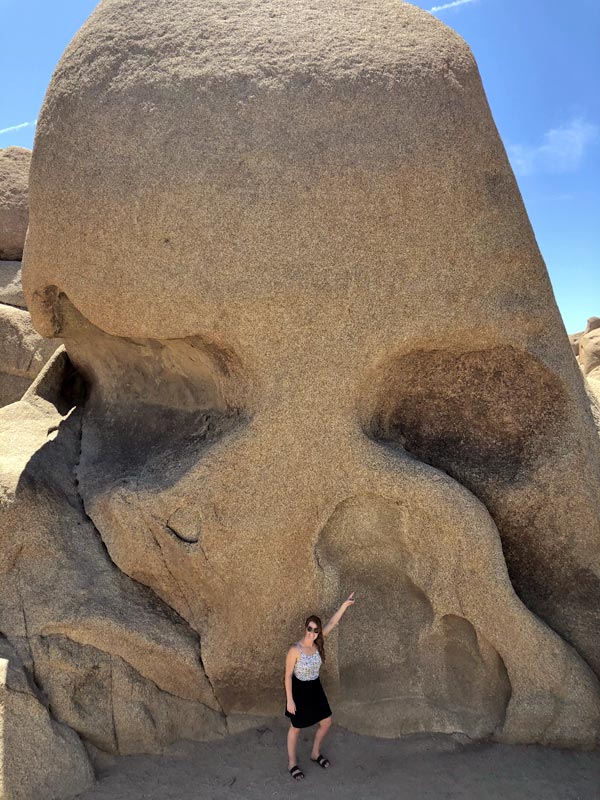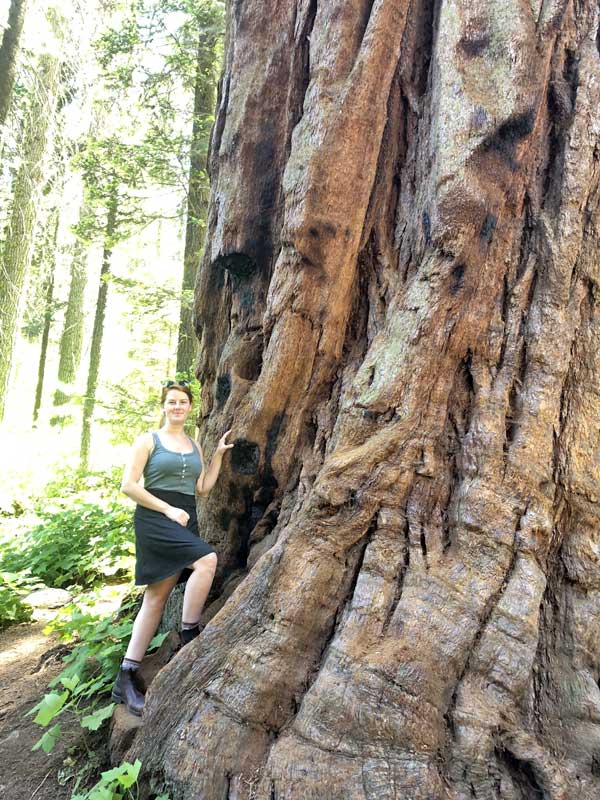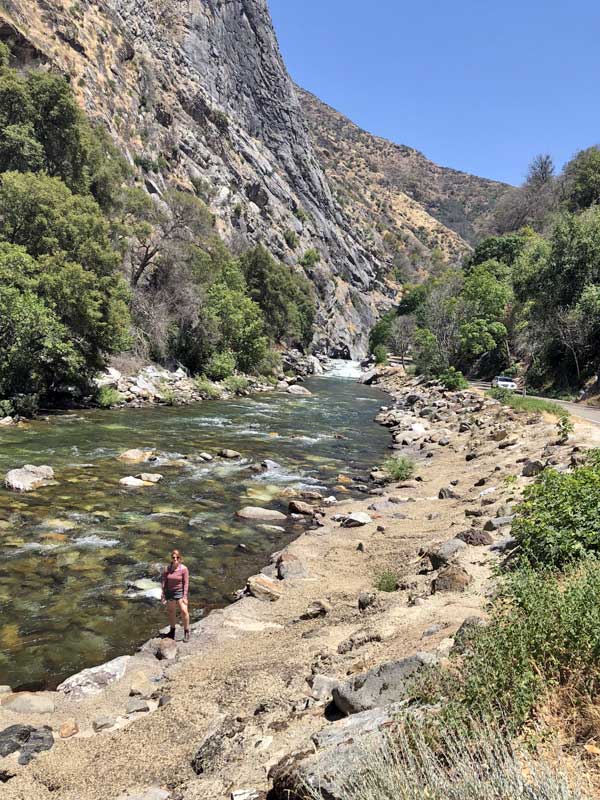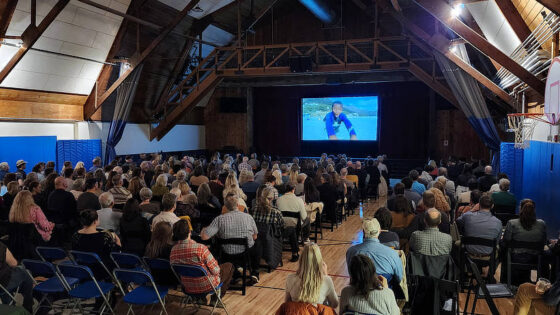
The spark was ignited at the intersection of White Clay Creek State Park and White Clay Preserve in Landenberg, Pennsylvania. A young Katie Billé, who was then a McFadden, woke up early, packed a backpack with snacks and a water bottle, and headed out the door with her yellow Labrador, Danny. She and Danny spent many of their early mornings together hiking the trails that snaked through the native woodland hills near her home. For a break from the heat, they would cool off with a swim in White Clay Creek and then relax on the banks, cloaked in tree shade.
“Some of my favorite memories growing up in Landenberg were creek days,” recalls Billé.
After graduating with a Bachelor of Science in biology from West Chester University, she took what she thought would be a summer internship at Stroud Water Research Center. “I found a new way to appreciate the streams I already loved. I knew that aquatic insects were an important part of fish diets, but I learned so much more at the Stroud Center. I was hooked on day one. I loved looking at the insects under a microscope and learning about their anatomy, behaviors, and life cycles. I loved thinking about their special adaptations, and how integral they are to aquatic and terrestrial ecosystems. They’re amazing!”
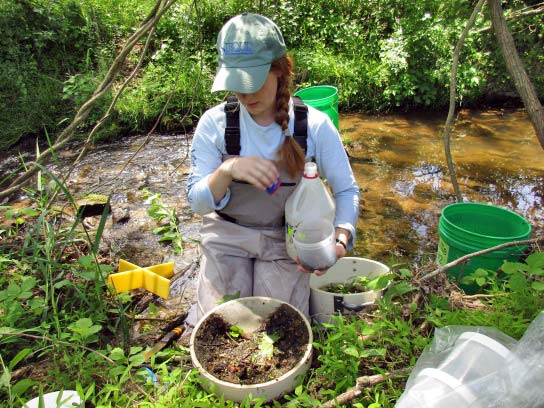
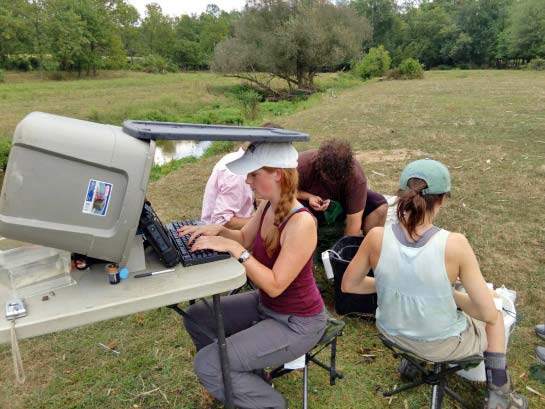
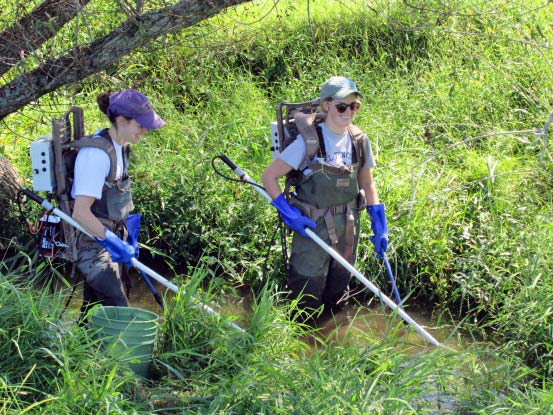
Her summer days collecting, counting, and identifying insects followed such an enjoyable rhythm that time seemed to compress. Fall came sooner than expected, but still she kept working. Then winter came; she kept working. When yet another season was on the horizon, she was hired to work full time as an entomology research technician in John Jackson’s lab.
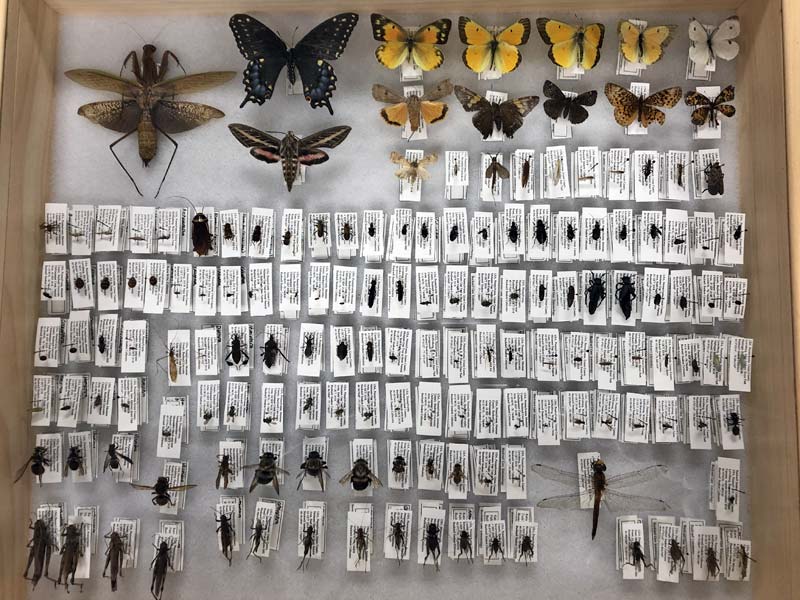
Two years later, she was ready for the next challenge. She left the Stroud Center to earn her master’s in biology at Bucknell University. “I had seen so much amazing science at the Stroud Center, and I wanted to develop and execute a project of my own.” And so she did.
As a graduate student of aquatic ecology, Billé studied how healthy stream habitats impact freshwater insect communities and their life cycles. “I also took an entomology curation course and really enjoyed creating and maintaining my own collection,” she explains smiling and pointing to a raw wood frame that houses nearly a dozen rows of winged creatures — all different sizes, shapes, and colors — pinned to ID cards.
“Grad school was great, but I knew it would end and that I would have to go back to work,” she says matter-of-factly. In May, John Jackson hired her once again.
“I jumped at the chance immediately — no hesitation! I could not believe that I could land my dream job twice. I’m so happy to be back at work with such talented, smart, and motivated people all doing amazing science.”
Now Billé is focused on using macroinvertebrates to assess the health of streams in the Delaware River watershed, which allows her to play an active role in efforts to reduce threats to water quality for the 15 million people — more than 5% of the U.S. population — who get their drinking water from the Delaware River basin. Funded by the William Penn Foundation, the Delaware River Watershed Initiative brings together more than 50 leading nonprofits working toward the same goal.
The rest of Billé’s time is dedicated to a project that uses Model My Watershed to estimate the impact that protecting forests has on water quality as part of the same initiative funded by William Penn, as well as the Open Space Institute.
When she’s not in the lab or the field trying to understand why certain bugs are found in some streams but not in others, the naturally creative and intellectually curious Billé can be found sketching or painting watercolor pictures of the flora she encounters on her outdoor adventures, contemplating whodunit while reading Agatha Christie novels, or striking yoga poses with her favorite YouTuber, Yoga With Adriene.
For Billé, what makes life interesting is learning something new, and what makes it worthwhile is returning to and treasuring familiar joys. “I like to reread my favorite books too. There are certain passages that I’ll go back to any time I pick up a book — like the part where Francie Nolan explains her coffee routine in A Tree Grows in Brooklyn.”
